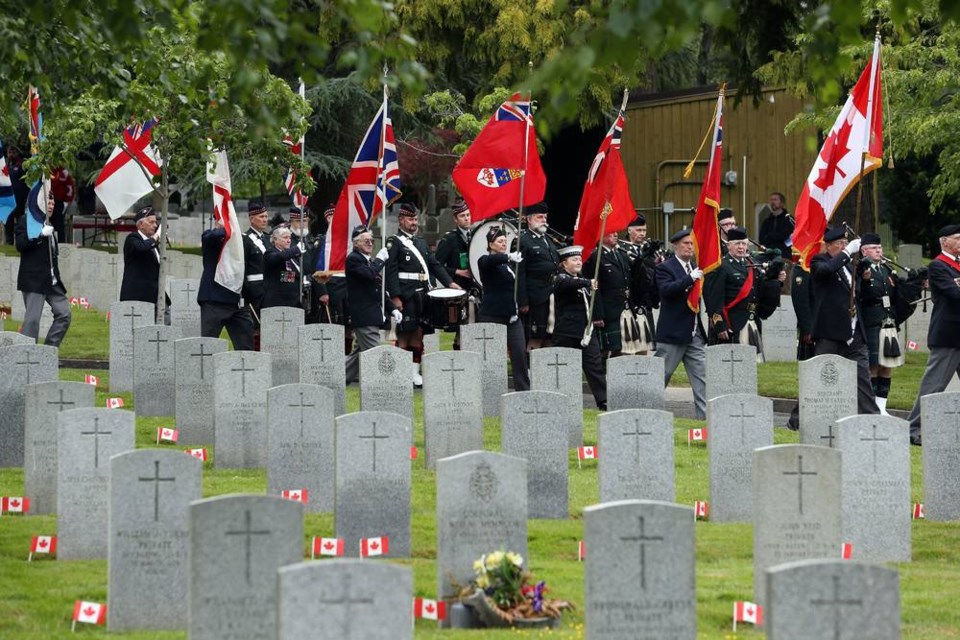On the eve of D-Day, June 6, 1944, 14,000 Canadian soldiers sat shivering in their ships, waiting anxiously for the decision to come. Was the invasion on or not?
Originally the plan had been to launch the assault on June 5, 77 years ago today. However, brutal Channel weather, the worst June weather in 40 years, had forced a 24-hour postponement.
But was it merely a postponement, or might it turn into a full-scale stand-down? There were only a handful of dates each month when the tides were right for an invasion across the Normandy beaches.
June 6 was close to the last such day that month, and July was leaving it very late.
The Germans had already drawn their own conclusions. The weather looked impossible, both for a seaborne invasion and for air cover. Germany’s commanding general, Erwin Rommel, had left by car to visit his wife.
But the British had weather stations farther west than Germany, and a short gap in the storm fronts was spotted, timed to arrive the next day. The decision was made, and early on the morning of June 6, an armada of 5,000 ships put to sea, the largest ever assembled.
In fact, though the crossing was grim for men in small craft, complete surprise was achieved.
Even so, paratroops supposed to land close behind enemy lines were in many cases blown miles from their target.
And some of the tanks that were designed to “swim” ashore foundered in the heavy shore surf, drowning their crews.
Nevertheless, by the end of that longest day, close to 160,000 troops had made the crossing successfully and the liberation of France had begun.
By far the most rapid progress was made by the Canadian forces at Juno Beach, one of five beaches assaulted. By day’s end, the Third Canadian Infantry Division had pushed further inland than any of the Allied forces, and one of its tank troops was the only unit to reach its intended target that day.
Even so, in the initial assault, heavy casualties were suffered. One in two of the Canadians who landed on June 6 were killed or wounded.
It had been thought that the German gun emplacements along the coast would either be destroyed or heavily damaged by bombing and naval bombardment. But this proved a false hope.
On all of the beaches, the assault troops came under murderous fire. At Omaha Beach in particular, at the western end of the assault zone, two American divisions were temporarily brought to a halt. More than 2,500 men were killed, wounded or missing in the initial attack.
The setback was so serious, General Bernard Montgomery, who commanded the invasion, gave thought to abandoning the Omaha landings.
But the Americans held on, and by nightfall had control of the beach and the immediate hinterland.
It’s worth setting these events against the perils we see before us today: climate change, an infectious pandemic, economic disruption, homelessness. All of these demand our attention and occupy to the fullest the political arena.
Yet military threats do still exist. China is building a huge navy and menacing Taiwan.
North Korea does its best to destabilize the region.
Russia is becoming more belligerent, and Iran wants to become a nuclear power.
None of these threats is on the same scale, so far, as the events that led directly to the Second World War.
Yet that war came about because peace-loving nations turned their backs on numerous prior warnings of trouble to come.
There are lessons to be learned from that. Preoccupied with internal challenges as we are, there is still a need to look further afield.
It has been said of the men who died in the D-Day landings that they gave up all their tomorrows so that we may have our todays.
The best way to recognize that sacrifice is to make sure we never need it again.



